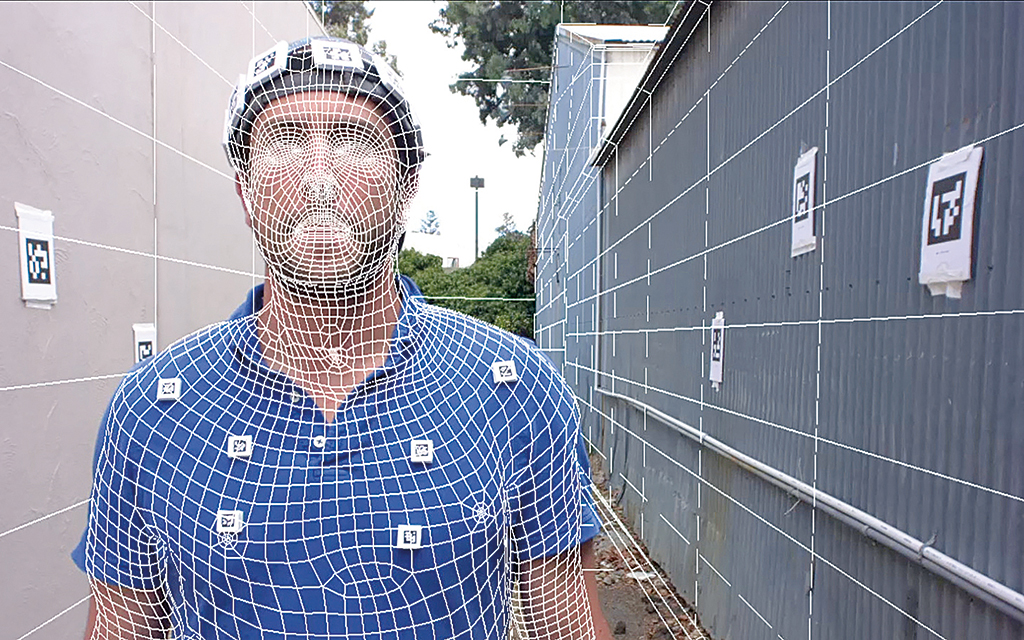
“How is AI reshaping the VFX Industry”
Humans have been telling stories since communication made it possible. Verbal and written storytelling can and does cover everything imaginable. A writer has full freedom to do anything including having their main character turn into a giant monster. But, visual effects have empowered a movie maker with all the freedom in the world to successfully convert a story of even his wildest imagination into a movie. There is nothing that can stop a director from directing whatever on earth or beyond that he wishes to. It adds locations, stunts, sets etc in a movie giving an edge to the movie. More often than not the box office hits are movies that made use of visual effect techniques. So, VFX will continue to hold significance in an ever-increasing digital world.
AI
When most people hear the term artificial intelligence, the first thing they usually think of is robots. That’s because big-budget films and novels weave stories about human-like machines that wreak havoc on Earth. But nothing could be further from the truth. Artificial intelligence is based on the principle that human intelligence can be defined in a way that a machine can easily mimic it and execute tasks, from the most simple to those that are even more complex. The goals of artificial intelligence include mimicking human cognitive activity. Researchers and developers in the field are making surprisingly rapid strides in mimicking activities such as learning, reasoning, and perception, to the extent that these can be concretely defined. Some believe that innovators may soon be able to develop systems that exceed the capacity of humans to learn or reason out any subject. But others remain sceptical because all cognitive activity is laced with value judgments that are subject to human experience. Basically, Artificial intelligence refers to the simulation of human intelligence in machines. The goals of artificial intelligence include learning, reasoning, and perception. AI is being used across different industries including finance and healthcare, but now it’s also started being used in film production.
AI in VFX
Many big production companies are successfully banking on AI tools to create engaging content. Thanos, the much-loved villain from Avengers: Endgame was also an output of artificial intelligence. A variety of expressions were produced using AI tools mimicked expressions. The AI tool produced a solution based on a library of high-resolution face scans. Whenever the output did not seem to portray the required emotion, technicians tweaked the model. Imagine having to manually develop every facial feature.
While deep learning has applications in practically every field, it is expected to revolutionize the way VFX works.
How AI is going to change the VFX work
The VFX industry and its constant evolution have seen novel trends, technologies and techniques pop up every few years. And the latest trend to capture the imagination of VFX experts and filmmakers is that of Artificial Intelligence or AI.
The VFX industry and its constant evolution have seen novel trends, technologies and techniques pop up every few years. And the latest trend to capture the imagination of VFX experts and filmmakers is that of Artificial Intelligence or AI. We have all heard or read about AI and its possibilities in the last decade and a half, but it is something that has finally arrived on the scene. The traditional way of doing computer-generated imagery and visual effects, as we all know, involves a massive crew of VFX artists, including compositors, roto artists, mesh designers, texturing artists, rigging specialists, paint artists, match move artists, etc. What is so amazing about the infiltration of artificial intelligence in VFX is that it brings a whole lot of automation to the table. Deep learning is enabling the automation of certain tedious VFX areas like camera and object tracking, Simulation, Rendering, Image processing, Rotoscoping, Motion capture, and compositing. Face swapping, or facial substitution, was considered another faraway possibility that is now a reality, thanks to the power of artificial intelligence. Face Swap, for example, is a short film that offers a satirical commentary on the impact of Deepfakes on our lives. Deepfakes is a popular trend today, brought in by the swarm of face-swapping apps that are available to people on their smartphones and laptops. With machine learning algorithms, deep neural networks and artificial intelligence that have facial recognition at their core, it is no longer impossible to imagine and experience this concept at your fingertips.
For example, generating or rendering a human face using conventional VFX would typically include creating a 3D mesh of a person, Mapping texture images on the model, sculpting movements using a set of parameters, Devising muscles, joint and skin simulation, Adding hair and related movements, Adding eyebrows, lashes, and facial hair etc.
We will soon start seeing newer ways to do rotoscoping, extraction, body tracking, motion capture, clean up, colour grading, object tracking, and match move better and quicker among other VFX-related areas. Green screens are the norm in today’s VFX-enabled films, but who knows… maybe ten years down the line, we will say goodbye to them if deep learning provides filmmakers and VFX companies with a more effective and efficient way of doing things.
While machine learning and AI are still in their nascent stages and come with their own sets of limitations, uncertainty and disadvantages, one cannot deny that this is a revolution in the making.


